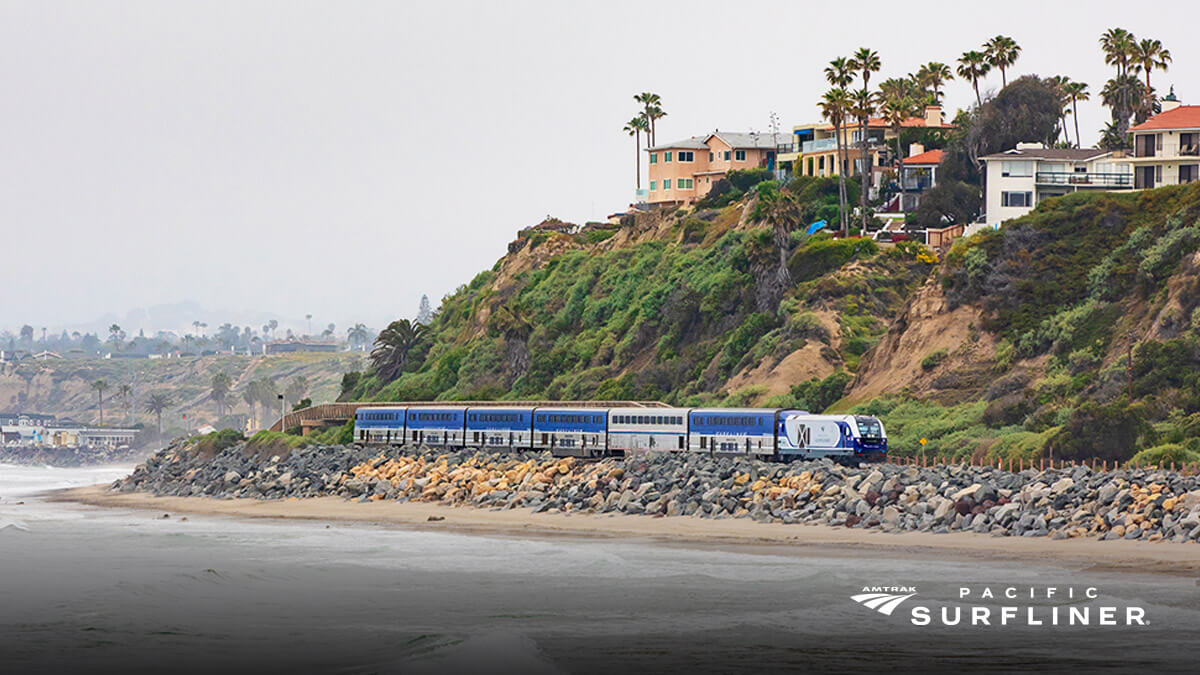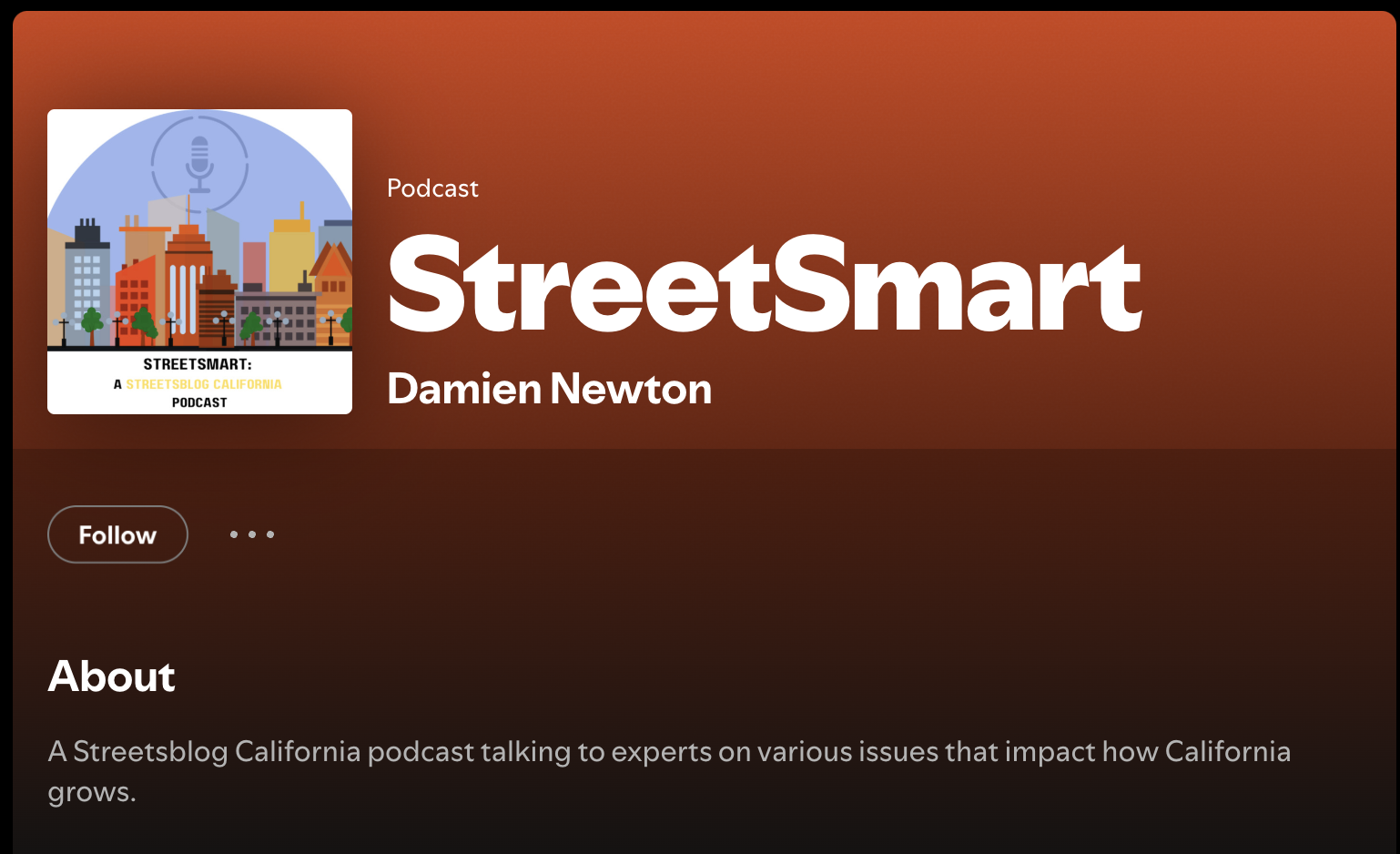U.S. Senator Alex Padilla announced that twelve California rail infrastructure projects will receive $279 million in grants from the U.S. Department of Transportation's (DOT) Consolidated Rail Infrastructure and Safety Improvements (CRISI) Grant Program.
Recipients range from major passenger rail services to track replacement and locomotive upgrade projects on smaller freight rail routes to improve safety and lower greenhouse gas emissions.
The list of grantees includes:
- $100 million to the Orange County Transportation Authority for the Coastal Rail Infrastructure Resiliency Project, which will make track improvements along Amtrak’s Pacific Surfliner corridor. The project includes stabilizing the track against the effects of sea-level rise and beach erosion, resulting in better reliability for intercity passenger rail, freight, and commuter rail service.
- $36.5 million to the California Air Resources Board for a project to replace diesel locomotives with zero-emission engines, and install four battery chargers. The money will be distributed via grants in the Go Zero Emission Rail Operation Program. An announcement about that grant opportunity will be released shortly, but CARB has already decided it will be used to replace ten diesel locomotives nine zero-emission battery-electric locomotives and one hydrogen fuel cell locomotive.
- $24.7 million to the Transbay Joint Powers Authority to complete design for the track and rail on the Downtown Rail Extension in San Francisco. The extension will accommodate both the newly electrified Caltrain commuter rail and California High-speed Rail in the multimodal Salesforce Transit Center in downtown San Francisco.
- $22.7 million to the Arizona and California Railroad Company for the Desert Rail Infrastructure Improvement Project. This project will replace approximately 36 miles of rail to complete track rehabilitation along the company's 69-mile corridor. It should increase safety and resiliency, reduce derailments, and allow higher speeds along the corridor, which serves freight movements between the two states.
- $20.5 million to the Modesto and Empire Traction Company for its Central Valley Green Locomotive Initiative. The money will be used to upgrade nine existing locomotives to cleaner and more powerful diesel technology. This railroad company serves freight travel through the Modesto area.
- $20 million to the Capitol Corridor Joint Powers Authority to add security fencing along its route between Oakland and Fremont, Richmond and Emeryville, and from Fairfield to Suisun City. The idea is to prevent pedestrians from trespassing on the railroad right-of-way and keep them away from the path of oncoming trains.
- $18.7 million to the California Department of Transportation for new station platforms along the San Joaquin corridor in Modesto and Turlock-Denair. The projects include some double tracking to ease congestion between passenger and freight service and improving three at-grade crossings.
- $13.1 million to the Trona Railway Company to replace six older diesel locomotives with three cleaner diesel engines to reduce fuel consumption and greenhouse gas emissions. This short line railroad is used to move fertilizer and other chemical products from facilities in Searles, California.
- $11.4 million to the Mendocino Railway to acquire three diesel-electric locomotives to be used along the "Skunk Train" line running from Fort Bragg to Willits.
The grants are made possible by the Bipartisan Infrastructure Law, which nearly tripled funding for this program, making $5 billion available from 2022 to 2026.
“The Bipartisan Infrastructure Law is delivering hundreds of millions of dollars to make rail transit more efficient and safer for Californians,” said Senator Padilla in his announcement. “Modernizing and building out our rail networks will help lower our carbon emissions, create good-paying jobs, and keep commuters and goods moving across the state. This announcement includes a crucial federal investment in the LOSSAN rail corridor, bolstering efficiency and climate resiliency against rising sea levels and erosion along the California coastline.”
These grants are in addition to other state and federal grants that have supported rail and transit in the last few years, including recent state-funded TIRCP grants as well as last year's CRISI rail grants, $3.1 billion from the Federal Railroad Administration for California high-speed rail, and additional funding for the Los Angeles–San Diego–San Luis Obispo (LOSSAN) Rail Corridor.






